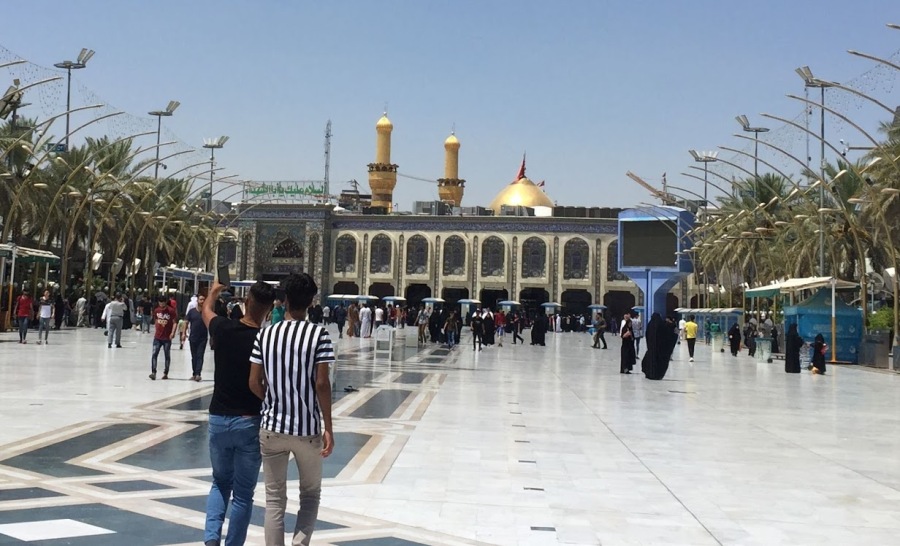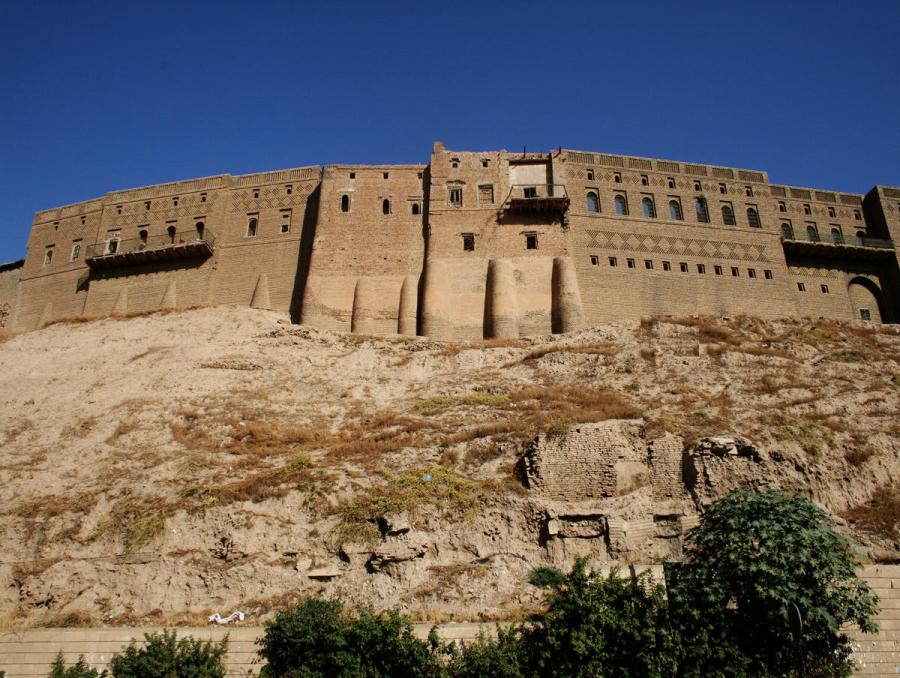The Mundeshwari Temple in Bihar, India, dating back to 108 CE, is renowned as the world's oldest functional Hindu temple. Dedicated to Lord Shiva and Shakti, it also includes idols of Ganesha, Surya and Vishnu. The temple's unique architectural style blends Hindu and Buddhist elements, showcasing cultural diversity. It offers a serene environment for visitors seeking spirituality and tranquility. The temple also uniquely practices non-violent animal sacrifice, remaining a functional place of worship with uninterrupted rituals over centuries.










